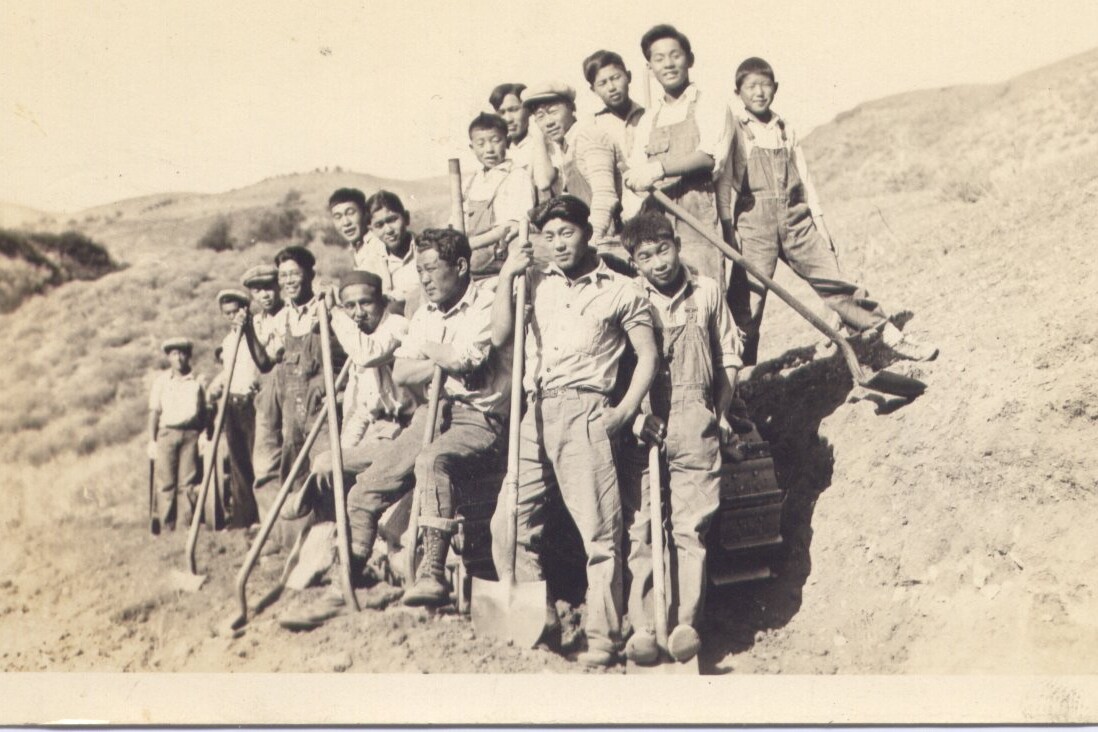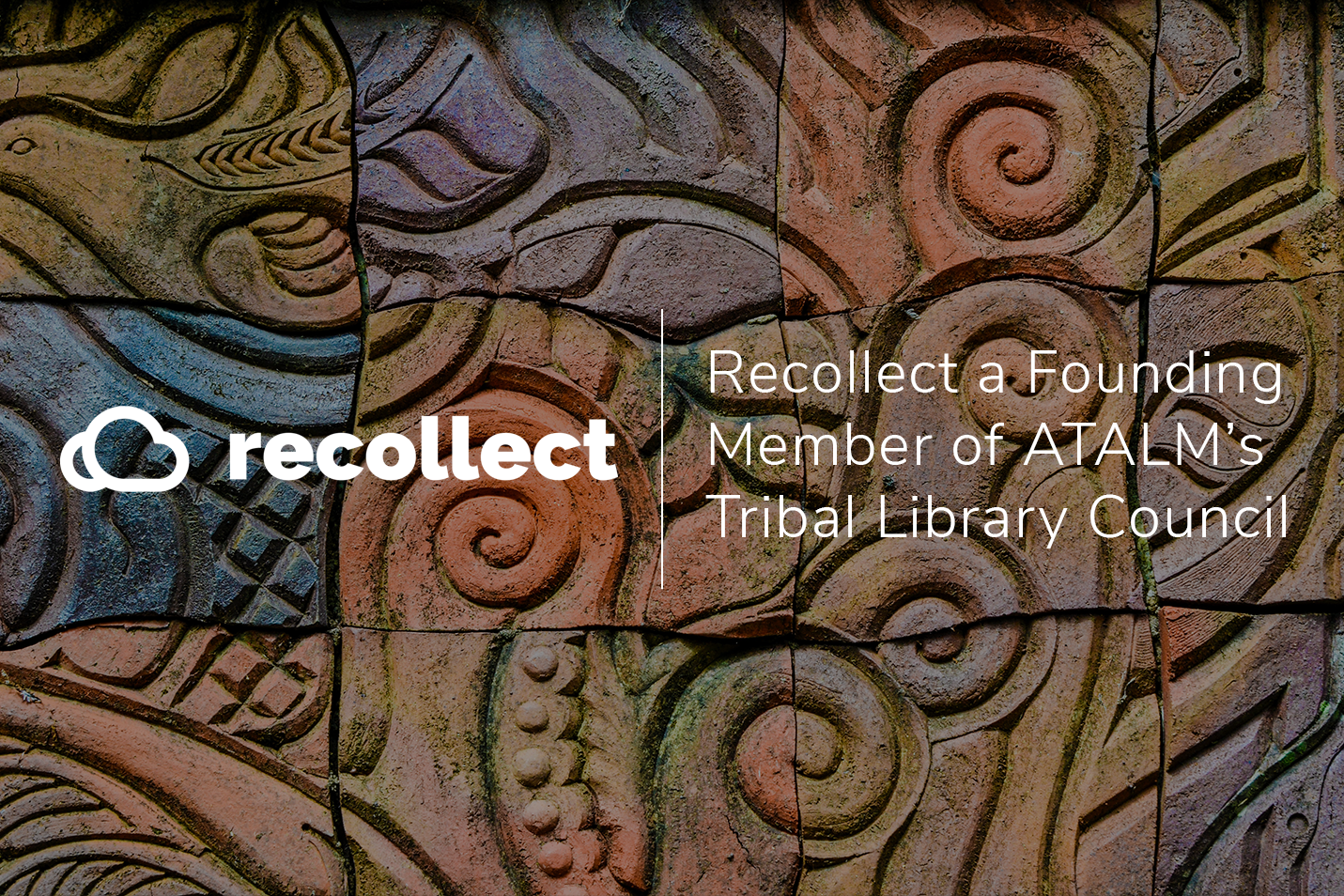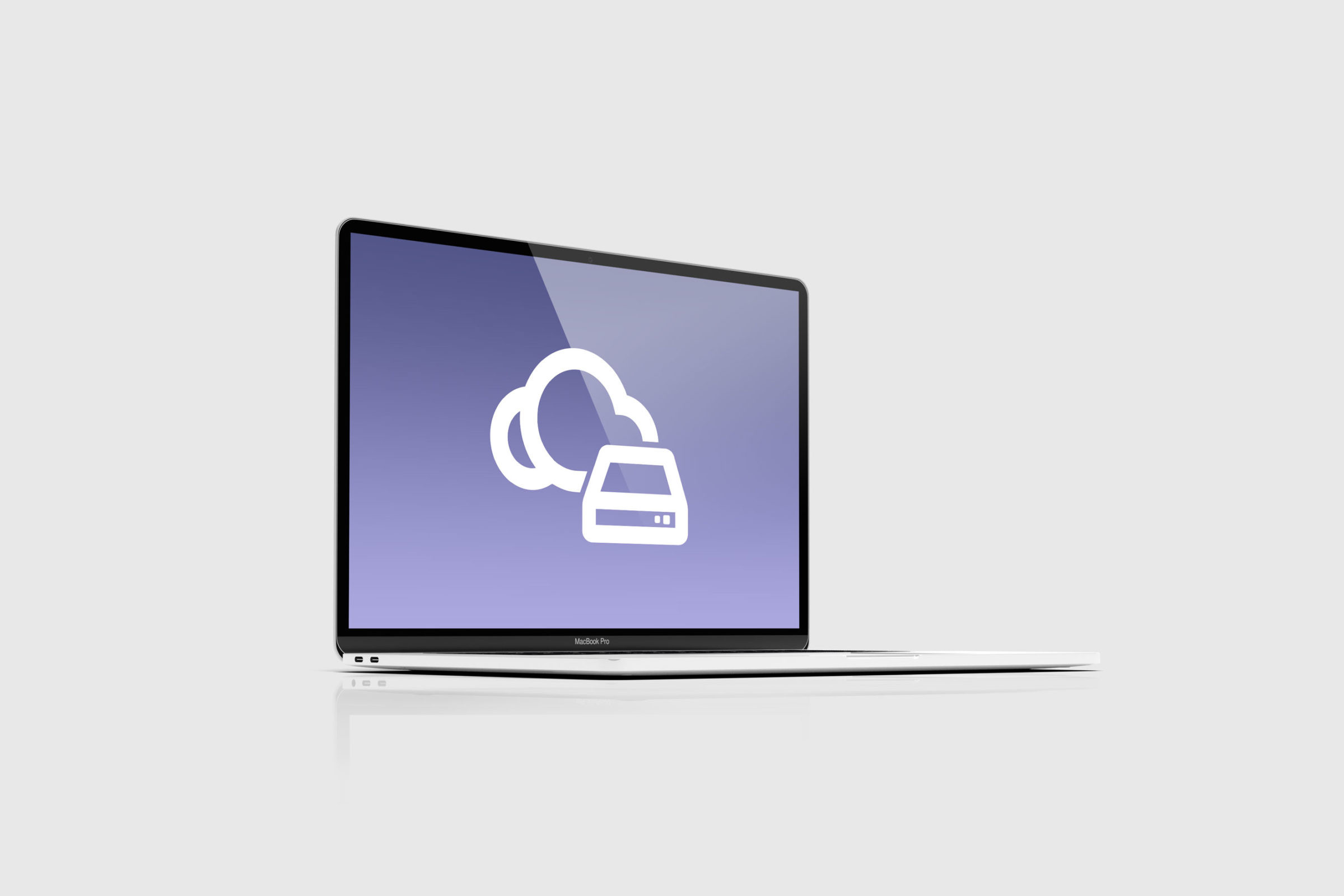Colleges and universities often have a hard time effectively showcasing their special collections for the general public. The University of Georgia’s Franklin College of Arts and Sciences has solved this challenge with an easy-to-use digital platform called Recollect.
With the help of Recollect, the university has brought disparate artifacts and other resources together within a single, easily searchable platform. This has made item curation and the preservation of data simpler for faculty and staff, while also making it easier for researchers from around the globe to find and browse these collections—thereby raising UGA’s research profile.
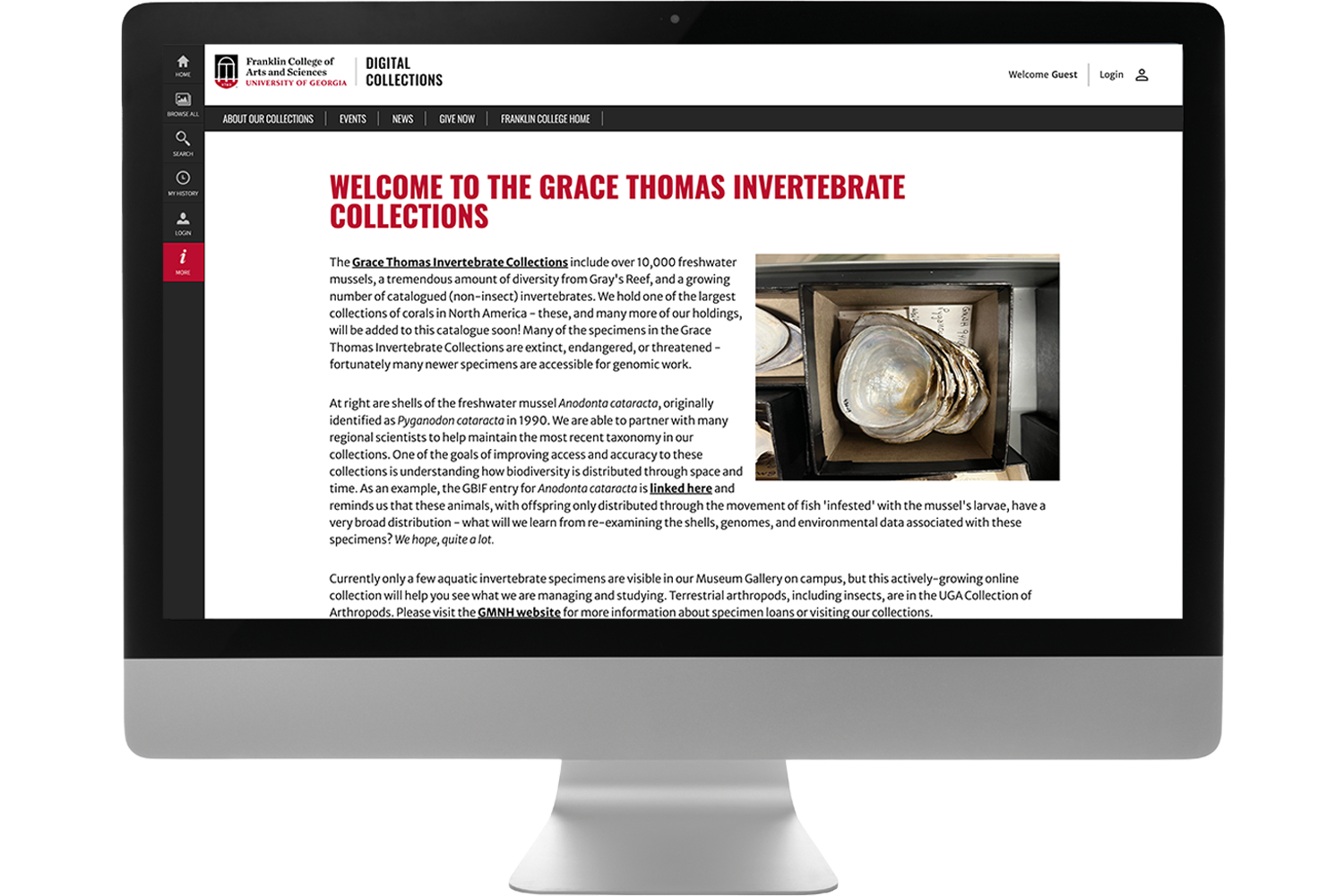
The Challenge
The University of Georgia Museum of Natural History has more than 7 million curated specimens across a wide range of disciplines within the Franklin College of Arts and Sciences, including archaeology, botany, entomology, geology, and ornithology.
In fact, there are currently 11 separate digital collections housed within the museum, and each one was built with a different technology. Some of the collections existed within Excel spreadsheets, while others were built with FileMaker Pro or other software. “This was largely because each collection is under the governance of its particular curator,” explains John Wares, a genetics professor within the Odum School of Ecology and curator of genomic and aquatic invertebrates.
The lack of a single, standard platform meant there was no uniform governance over the security or continuity of the data. What’s more, data could not be integrated or normalized easily across collections.

“Every collection was stored on a local computer before,” says Stephanie Lynn, senior IT manager of web services for the college. “Many of these computers were out of warranty. If they were to go offline, there was a lot of risk and potential data loss we needed to mitigate.”
The Solution
Lynn and her colleagues wanted to find a content management system for storing and managing these various digital collections centrally in the cloud. They wanted to be able to upload, clean, browse, search, and sort the data within a single, secure, and easy-to-use system.
After looking at several systems, they chose Recollect because it can centrally house disparate collections that don’t share similar metadata. “We were looking for a platform that would support variable types of collections,” Lynn says, “because ours were all over the board. We also wanted to be able to create and manage collections on our own, without needing a lot of support.”
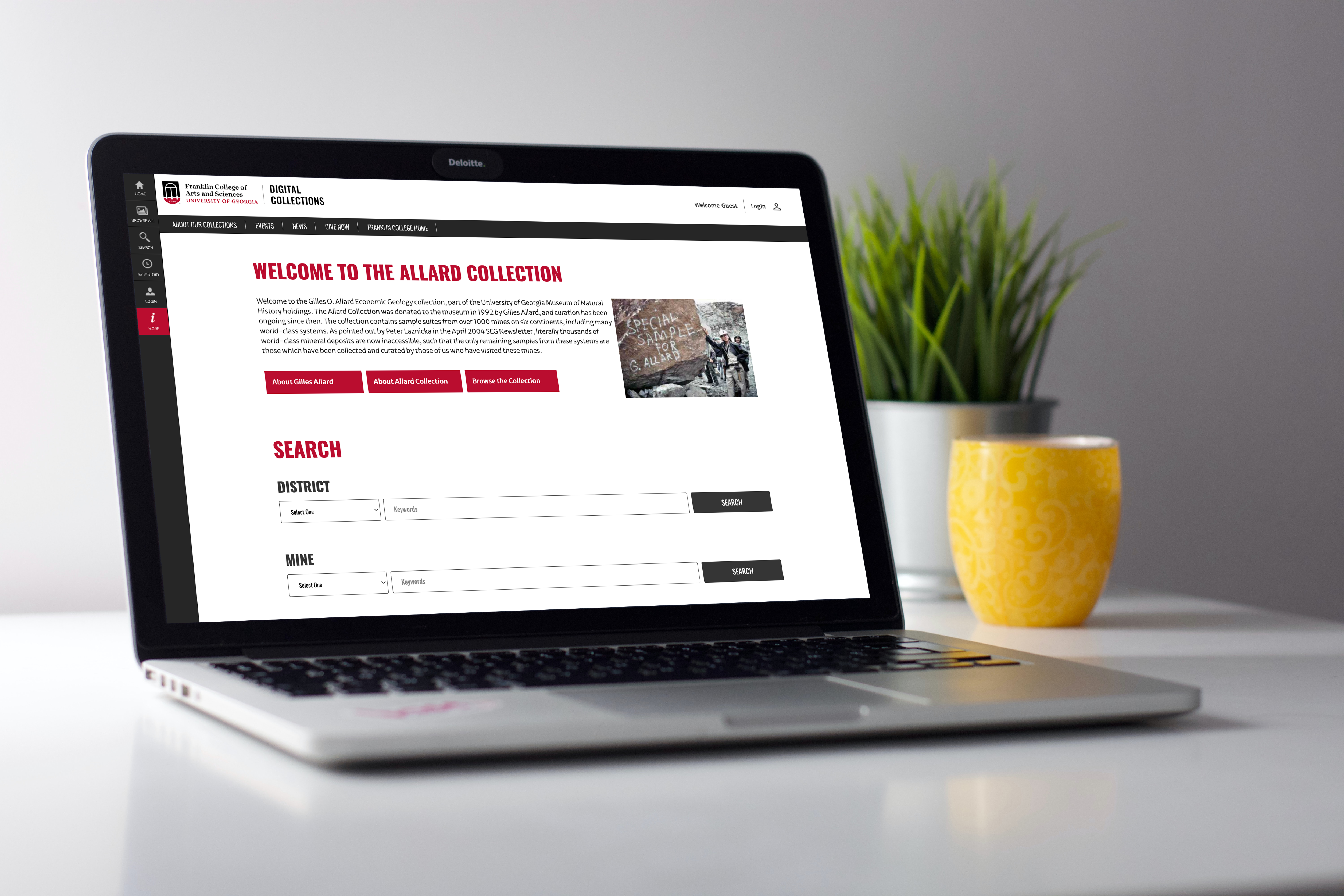
Recollect aptly meets these criteria. Its flexible approach to content organization and metadata allows organizations to create customized metadata fields, adopt an existing schema, or develop a bespoke standard incorporating both. The company supports organizations through this process with a data implementation workshop. By applying custom metadata, organizations can create a web of connections between items, ensuring that researchers and the general public can not only find items they’re looking for but also discover related content easily.
Another key advantage of using Recollect is that the company doesn’t charge based on usage, but rather on the amount of storage space the collections occupy. “Space is predictable, whereas usage is not,” Lynn says. “We wanted to have a predictable cost each month.”
Lynn describes the implementation process as “pretty seamless,” with collection curators and data managers receiving training from Recollect “as much as we wanted, and as little as we needed” to be proficient in using the system.
Key Features
UGA went live with the platform in spring 2023 with two collections initially: its Allard Collection of geological specimens and Grace Thomas Invertebrates Collection.
“One of the things I really like about Recollect is the ability to create subcollections using metadata tags,” says Wares. For instance, the invertebrates collection includes subcollections focused on snails, mussels, bivalves, turtle barnacles, crayfish, Gray’s Reef (the northernmost coral reef along the North Atlantic coast), and invasive species of the Georgia coast. These subcollections help people find items of interest among the collection’s 20,000 items more easily.
Another advantage is that Recollect allows users to link each item in a collection with additional documents that provide more context for researchers. Wares has taken advantage of this ability to attach correspondence between Eugene Odum—the UGA biologist known for his pioneering work on ecosystem ecology—and the Smithsonian Institution in 1940 to the snail specimens that Odum was discussing in his letters.
With Recollect, users can also link together related items from different collections. “Most samples are more than one thing,” Wares observes. For instance, invertebrates are often found as fossils inside rock formations. Using Recollect to host its multiple collections allows the university to show how items from separate collections are interrelated.
“This helps us create an ecosystem of data,” he notes. The museum can more easily display not only individual genomes but also the environments they were discovered in and how they interact with different species.
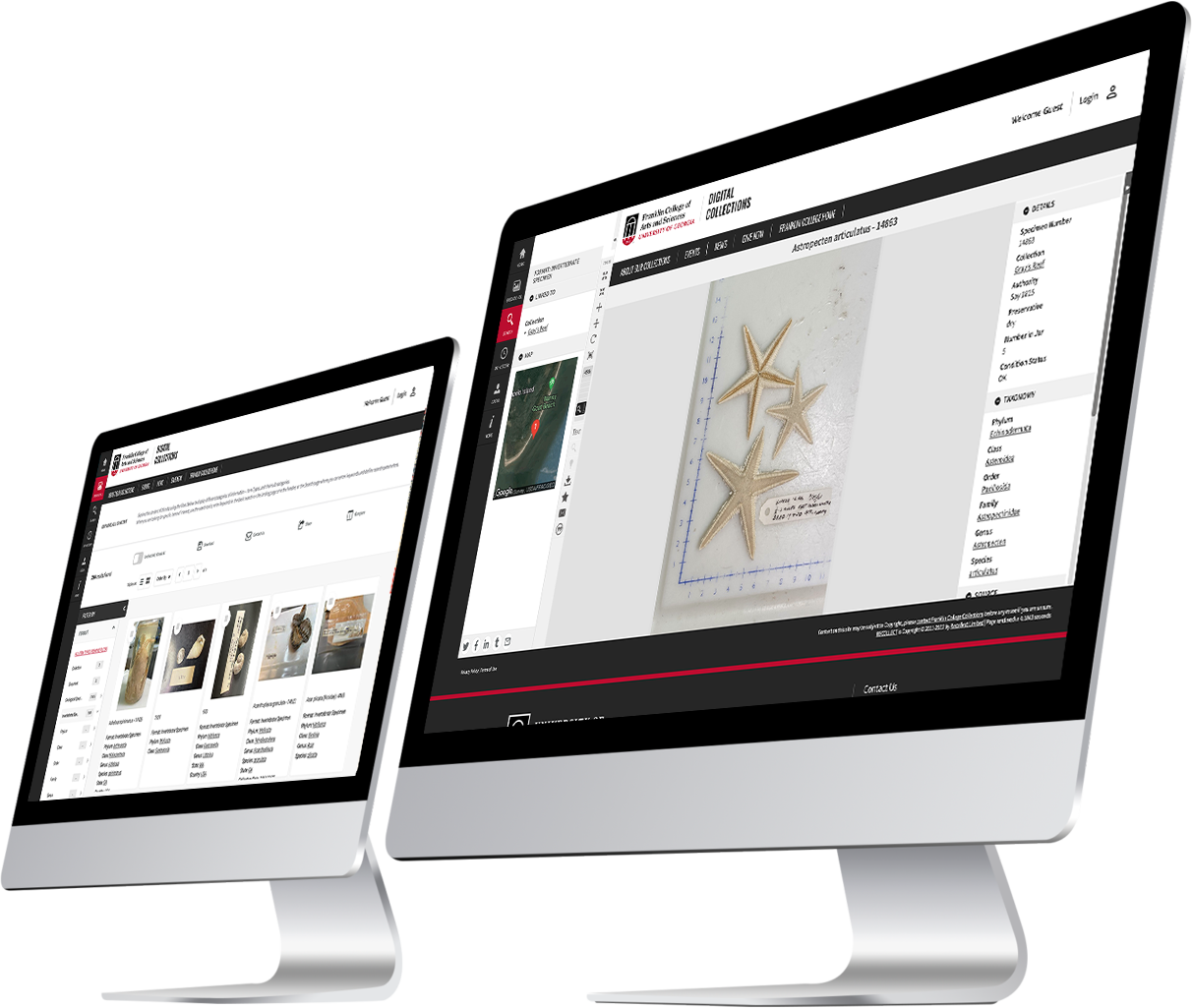
In addition, Recollect includes features designed to help researchers and the public engage with digital collections more deeply.
Content curators can choose which subcollections they’d like to highlight on the collection’s home page. Recollect is a very visual platform, allowing curators to upload photos for each specimen. All of the metadata for each item is readily available to users within the “Item Details” field. A geolocation feature even allows users to view where each item in a collection was found on a map of the world.
This mapping feature can help researchers visualize the data. For instance, they can see where concentrations of high-value minerals have been found all over the world, Lynn points out.
The Results
Using Recollect has given UGA’s Franklin College a single, secure platform for hosting its diverse digital collections. The platform’s intuitive workflows and interface have simplified curation, and its flexible nature has allowed the college to showcase its holdings in more meaningful ways—while making these items more easily discoverable.
Before adopting Recollect, the college had no way of tracking engagement with its digital collections. Now, Lynn and her colleagues have data to support their activities. From March through November 2023, the items in its digital collections garnered more than 44,000 total page views, which is “a pretty big number,” Lynn says.
UGA has one of the world’s largest collections of geological specimens, and Recollect is helping the university to showcase it. “This really raises our profile as a research institution,” Lynn observes.
Museum curators are working to add their other collections to the platform as well, including herbarium and zoological records. “We’re pretty excited about this initiative,” Wares concludes. “We’re continuing to expand our collections that we want to make sure the world can see.”
Produced by the Library Journal





